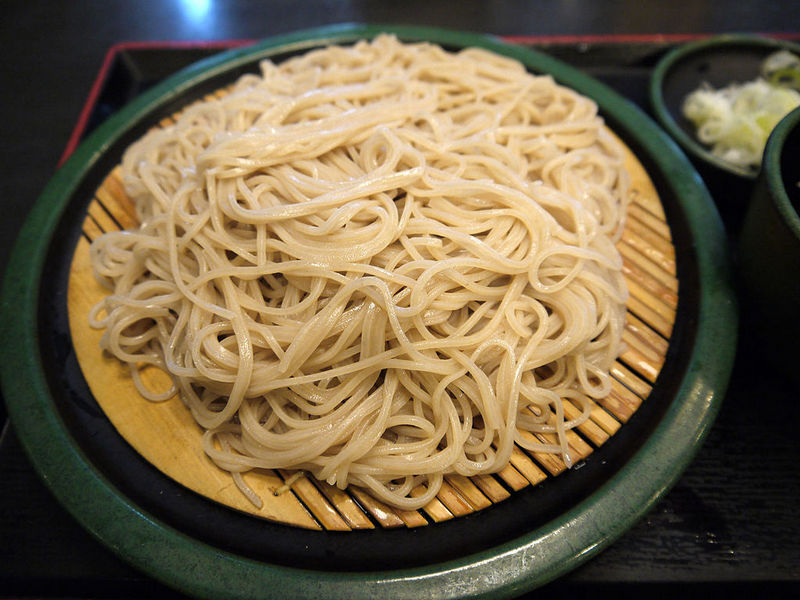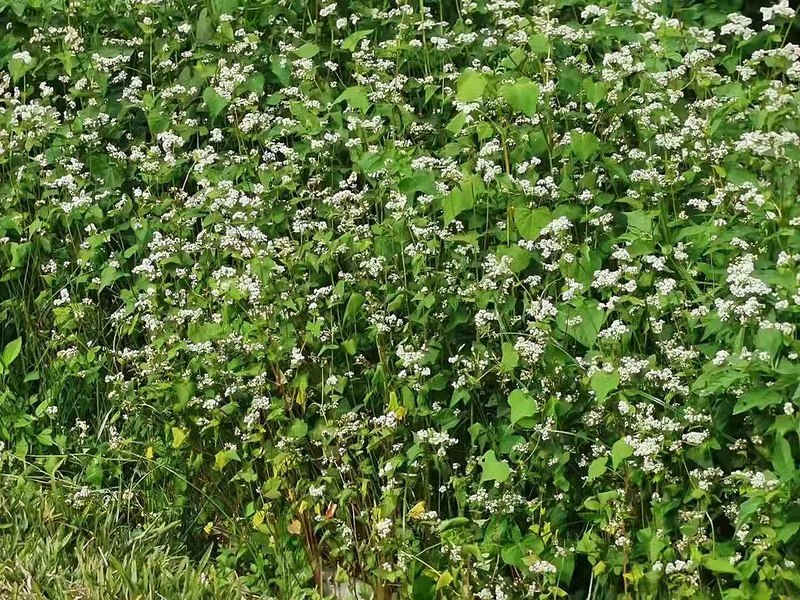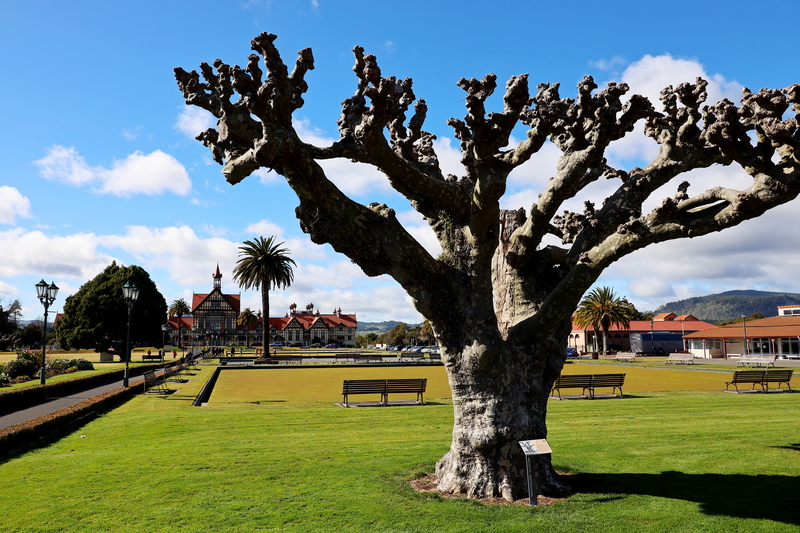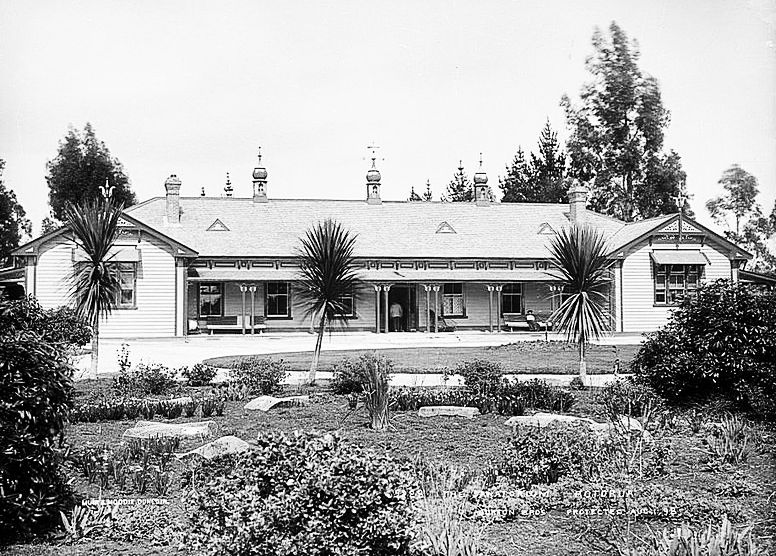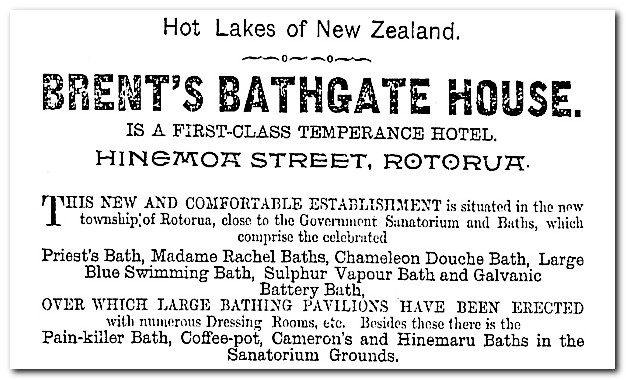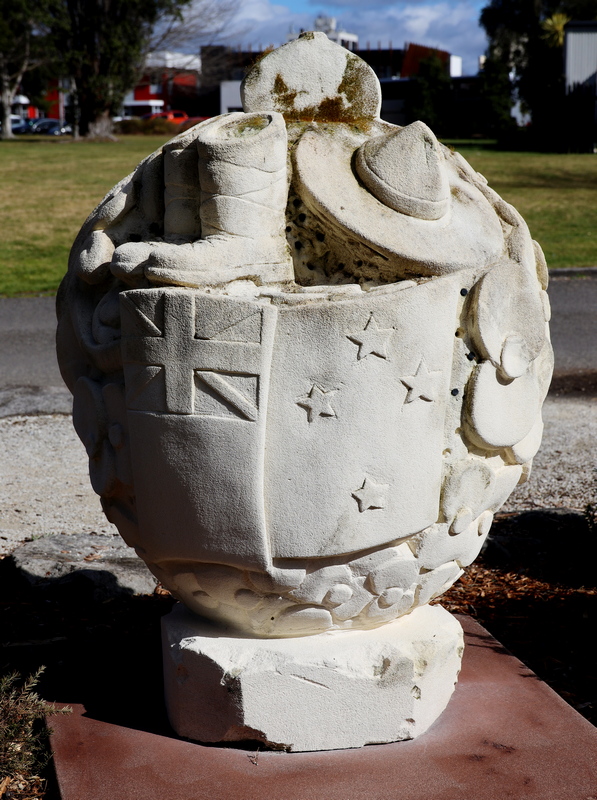Life continues to roll over the top of me, hence the pause in posts. However, thought i’d try a few short ones for anyone still reading!
A couple of weeks ago when the temperatures and humidity were high, the Vege Grower was away (somewhere even more hot and humid) and I was getting lethargic and off-hand about food, but the Lawn Mower needs to eat well as he has a physically active job which, besides lifting and carrying, has him on his feet all day.
I remembered a story my friend Robyn told me about her years living in Japan and how hot and humid the summers are in Tokyo. Well, two stories. One was that summer is the season for public firework displays and that centuries ago the Sumida River in Tokyo was chosen as a site for a major display because of the reflections on the water – and the cooling night-time breezes that might be had there.
The other story was that cold food becomes very popular and, as only the Japanese can, this has been refined in all sorts of ways. I dug up a recipe online for a cold soba noodle salad, which was easy to make – everything can be done ahead and put in the fridge – and surprisingly delicious. The buckwheat noodles and Tamari (a gluten-free soya sauce) were sourced from my local Asian supermarket. The only thing I didn’t do was use coriander as I can’t stand the taste of the fresh plant.
Despite, the ‘wheat’ part of its name, buckwheat (Fagopyrum esculentum) is what is known as a pseudocereal, a goup that also includes include quinoa and amaranth, eg, seeds are consumed as cereal grains but don’t grow on grasses.
My only other knowledge of buckwheat is that the flour is used to make galettes, the savoury crepes traditional in Brittany, France. See a recipe for making them at home in a regular frying pan.
Buckwheat is fast and easy to grow and in the garden is a good green manure crop that can be turned in or pulled and left to compost. It absorbs phosphorus and is able to return this to the soil in a more useable form, while its flowers attract a number of beneficial species including hoverflies and ladybirds.

